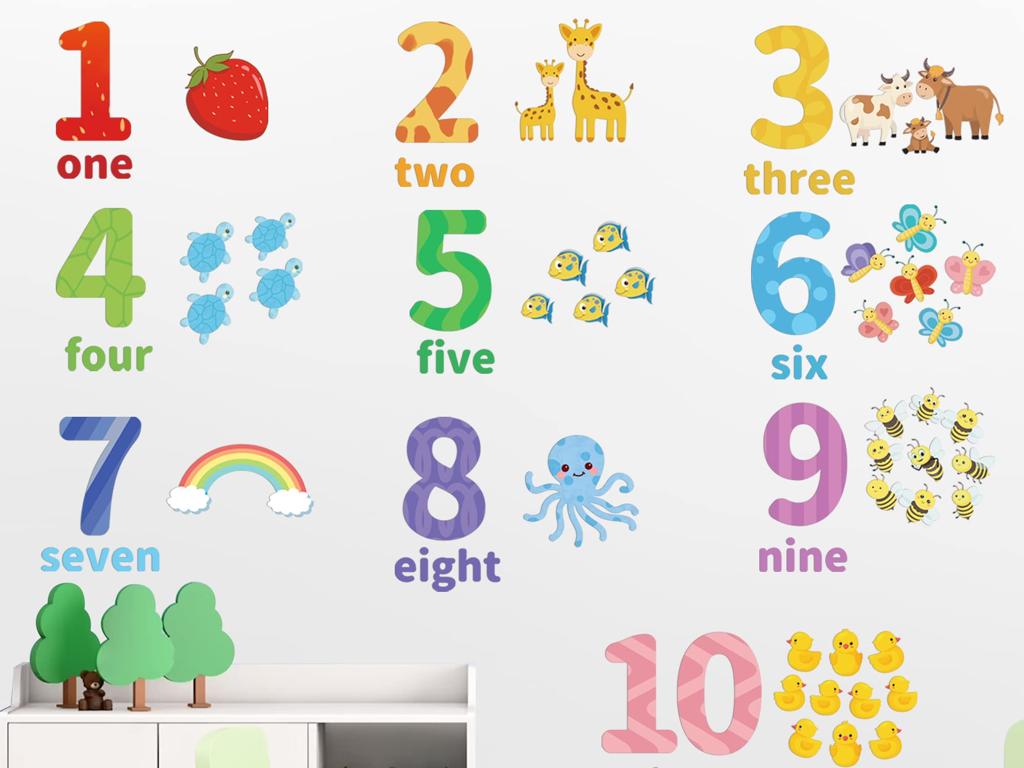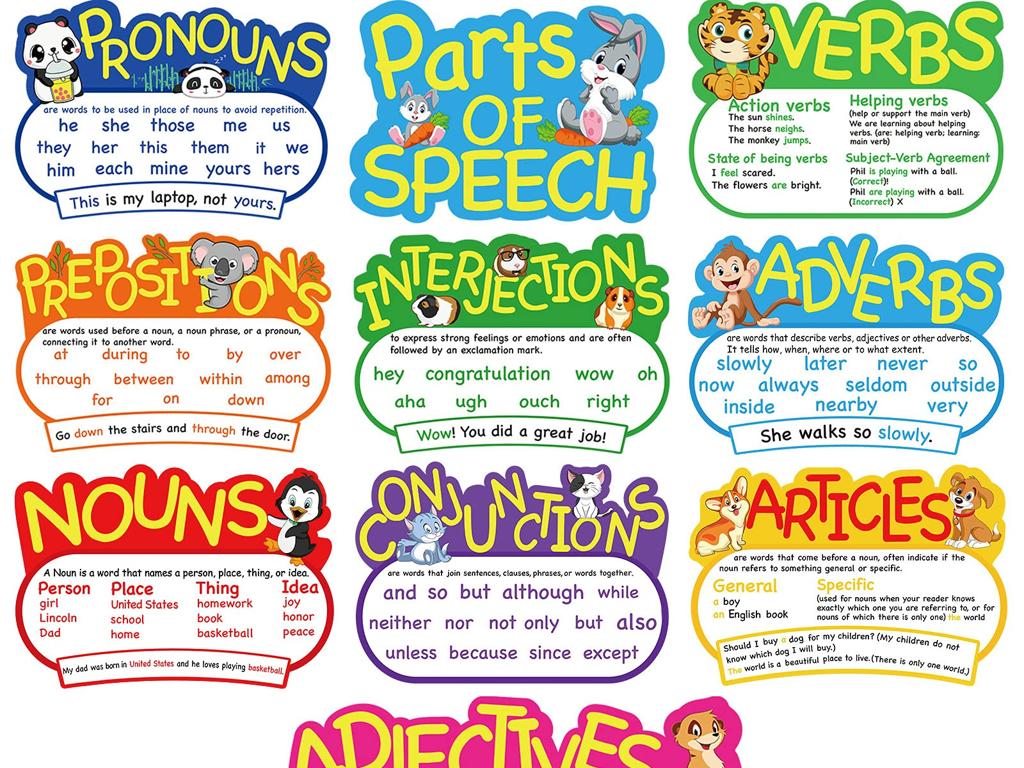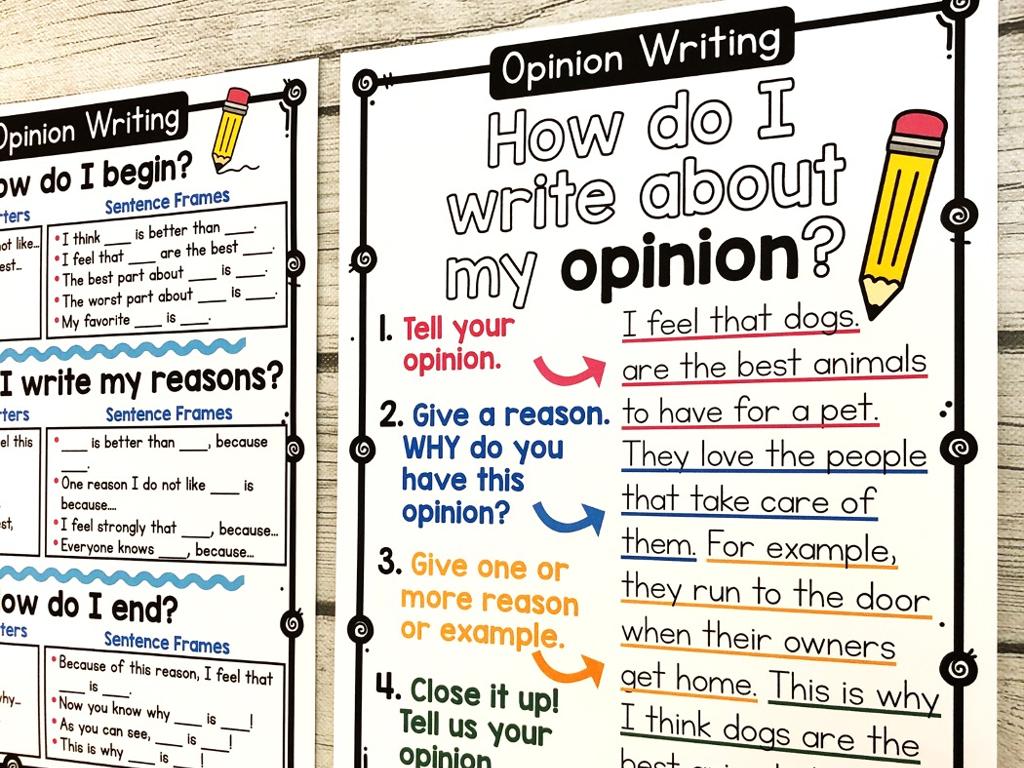The Bill Of Rights
Subject: Social studies
Grade: Eighth grade
Topic: The Constitution
Please LOG IN to download the presentation. Access is available to registered users only.
View More Content
Introduction to the Bill of Rights
– Our Fundamental Rights
– Rights essential for freedom & democracy
– Constitution & Amendments
– The Constitution’s first 10 amendments
– The Bill of Rights
– Protects individual liberties against government
– Significance of the Bill
|
This slide introduces the Bill of Rights as a crucial element of American democracy, outlining the fundamental rights it protects. It’s important to discuss the Constitution as the supreme law of the land and how its amendments serve to uphold the principles of liberty and justice. The Bill of Rights, consisting of the first ten amendments, is particularly significant as it guarantees essential freedoms such as speech, religion, and due process. Emphasize why these rights are vital for maintaining a free society and how they impact our daily lives. Encourage students to think about how these rights play a role in current events and the importance of protecting them.
Historical Context of the Bill of Rights
– Founding Fathers’ role
– They advocated for rights protection against government overreach.
– Bill of Rights & Independence
– It signified the values of freedom and individual rights crucial for the new nation.
– Incorporation into the Constitution
– Ratified as the first ten amendments to the Constitution in 1791.
|
This slide aims to provide students with a historical backdrop for understanding the Bill of Rights. Discuss the concerns of the Founding Fathers about potential government tyranny and their insistence on a written guarantee of personal freedoms. Highlight the Bill of Rights as a cornerstone for American independence, emphasizing the ideals of liberty and justice that were pivotal to the nation’s founding. Explain the process of how these amendments were debated, drafted, and ultimately ratified to become an inseparable part of the Constitution. This context sets the stage for a deeper exploration of each specific right and its impact on American life and law.
The First Amendment: Cornerstone of Democracy
– Explore the Five Freedoms
– Freedom of speech, religion, press, assembly, and petition
– First Amendment rights in action
– Historical cases like protests and press stories
– Significance of free expression
– Free expression allows diverse ideas and debate
– Impact on democratic society
|
The First Amendment is fundamental to the American democratic system, enshrining five key freedoms that protect citizens’ rights to express their thoughts and beliefs. This slide will delve into each of the five freedoms: speech, religion, press, assembly, and petition. Provide real-life examples, such as landmark court cases or recent news stories, to illustrate these rights in action. Emphasize the importance of free expression as a means for societal growth, allowing for the exchange of diverse ideas and fostering healthy public debate. Discuss how these freedoms contribute to the functioning of a democratic society and why they must be protected.
Understanding Amendments 2-5
– Second Amendment: Right to bear arms
– Citizens can own and use weapons
– Third Amendment: No forced quartering
– Soldiers cannot stay in homes without consent
– Fourth Amendment: Guard against searches
– Requires warrants for searches and seizures
– Fifth Amendment: Protections in criminal cases
– Includes due process and protection against self-incrimination
|
This slide covers Amendments Two through Five of the United States Bill of Rights. The Second Amendment protects the right of the people to keep and bear arms, which has been a subject of much debate and interpretation. The Third Amendment prevents the government from forcing citizens to house soldiers in their homes, a response to British practices during the colonial period. The Fourth Amendment protects citizens from unreasonable searches and seizures, requiring law enforcement to obtain warrants based on probable cause. The Fifth Amendment provides several protections for those accused of crimes, including due process of law and the right against self-incrimination. Discuss each amendment’s historical context and its relevance today. Encourage students to think about how these amendments impact their lives and the legal system.
Understanding Amendments 6-10
– Sixth Amendment: Fair Trial Rights
– Guarantees a speedy, public trial and an impartial jury.
– Seventh Amendment: Civil Case Rights
– Right to a jury trial in federal civil cases and no fact tried by a jury shall be reexamined.
– Eighth Amendment: Bail and Punishments
– Protects against excessive bail, fines, and cruel and unusual punishment.
– Ninth Amendment: People’s Rights
– Asserts that the people have rights beyond those stated in the Constitution.
– Tenth Amendment: States’ Rights
– Affirms that powers not delegated to the federal government are reserved to the states.
|
This slide covers Amendments Six through Ten of the Bill of Rights, which focus on the rights related to the judicial system, individual freedoms, and the balance of power between the federal government and the states. The Sixth Amendment ensures that individuals have the right to a fair trial in criminal prosecutions. The Seventh Amendment extends this right to federal civil cases. The Eighth Amendment prohibits the federal government from imposing excessive bail, fines, or cruel and unusual punishment. The Ninth Amendment emphasizes that the enumeration of certain rights in the Constitution does not mean that the people do not have other rights that are not spelled out. The Tenth Amendment is a foundational principle of American federalism, stating that powers not granted to the federal government nor prohibited to the states are reserved to the states or the people. Encourage students to think about how these amendments impact their daily lives and the legal system.
Case Studies: The Bill of Rights in Action
– Landmark cases defining rights
– e.g., Miranda v. Arizona (Miranda rights)
– Supreme Court’s role in interpretation
– Justices decide how the Bill of Rights is applied today
– Bill of Rights in real-life scenarios
– Situations like freedom of speech at school
– Understanding our protected freedoms
|
This slide aims to explore how the Bill of Rights is applied in real-world situations and interpreted by the Supreme Court through landmark cases. Discuss cases like Miranda v. Arizona, which established the Miranda rights, to illustrate how the Supreme Court’s decisions have a direct impact on our everyday lives. Encourage students to think about scenarios where they exercise their rights, such as freedom of speech at school. This will help them understand the relevance of the Bill of Rights and its protection of individual freedoms. Prepare to delve into the significance of each amendment and how they collectively ensure the civil liberties of American citizens.
The Bill of Rights Today
– Relevance in current events
– How recent news reflects the Bill of Rights
– Balance: rights and public safety
– Ensuring freedom while maintaining order
– Citizen rights and responsibilities
– Understanding our legal and moral obligations
– Engaging with civic duties
– Participation in democracy and community
|
This slide aims to connect the historical significance of the Bill of Rights to its ongoing importance in contemporary society. Discuss how current events are shaped by the rights enshrined in the Bill of Rights, and how these rights are interpreted and applied today. Explore the delicate balance between individual freedoms and the need for public safety, highlighting key debates and court cases. Emphasize the dual nature of rights and responsibilities, ensuring students understand that with the protection of rights comes the duty to respect the rights of others and uphold the law. Encourage students to think about how they can actively participate in their communities and the democratic process, reinforcing the idea that the Bill of Rights is not just a historical document but a living part of American civic life.
Class Activity: Bill of Rights in Action
– Divide into small groups
– Receive a rights scenario
– Each scenario relates to one of the first ten amendments
– Discuss defending your rights
– Consider historical and contemporary contexts
– Present your defense strategy
|
This activity is designed to help students apply their knowledge of the Bill of Rights to real-life situations. By working in small groups, students will engage in critical thinking and collaborative problem-solving. Each group will receive a unique scenario that challenges a specific right protected by the Bill of Rights. They will need to discuss how they would legally defend their rights in that scenario, considering both historical precedents and current laws. After the discussion, each group will present their defense strategy to the class. This will foster a deeper understanding of the rights and responsibilities of citizens under the Constitution. Possible scenarios could include freedom of speech at a school event, the right to peaceful assembly, or protection against unreasonable searches at school.




/american_world_power_events.jpg)

